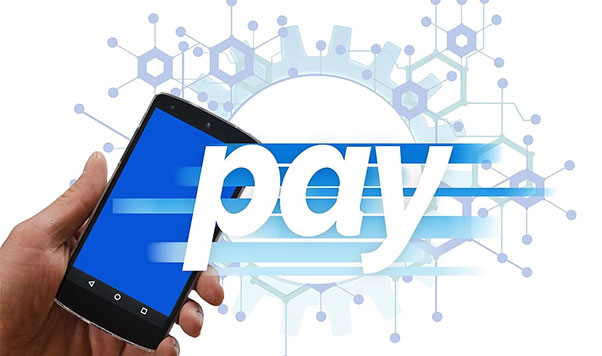It's Open Banking, it's an API, It's BaaS!
Updated On : October 2021
Banking in the 21st century has become one of the most dynamic industries with new terms bandied about all the time, in a rapidly evolving industry. The terms Open Banking, API Banking and BaaS all relate to a singular concept of giving third party access to the banks data to build new products or experiences for customers. However, all these terms are not same, and cannot be interchanged. Here, we take a closer look at each of these terms.
With the world getting more digital, tech savvy users prefer using secure and mobile friendly online interactions with banks for financial services. This has pushed financial institutions to innovate themselves and offer pioneering technology-enabled services to meet the growing demands of the new generation. Open banking and bank APIs are playing a huge role in boosting the growth of the fintech industry.
What is Open Banking?
Open banking is forcing banks around the world to change their business models, and is set to revolutionize the financial experiences of customers all over the world.
Open banking refers to banks opening up their APIs (application programming interfaces) allowing third parties access to all the financial information required to offer new services or build new apps so customers could have better options.
Open banking puts pressure on incumbents to enhance their services, or take the opportunity to partner with fintechs, instead of competing with them. It has the ability to dictate how incumbents interact with each other, with fintechs and with consumers.
Features of open banking
- Open banking can increase revenue streams for financial institutions while expanding their customer reach. It has the potential to create revenue sharing ecosystems where customers are given access to third party developed apps and incumbents profit from through subscription or referral basis.
- Open banking is changing relationships between incumbent institutions and their customers by stating that customers themselves, and not financial institutions, should have ownership of their transactional data.
- Open banking also lets banks commercialize their infrastructure by moving into the BaaS space and providing core services to fintechs and other third party financial.
- According to Insider Intelligence, Open banking enabled businesses generated revenue in the UK and retail customer propositions could reach $2 billion by 2024.
What is API Banking?
An API or application programming interface allows the sharing of information between systems. It makes a bank’s applications data and functionality accessible to business partners, external third-party developers, and internal departments too. This enables communication with products and services, and leveraging each other’s’ data and functionality through a recognized interface.
In open banking, an open API is a publicly available interface giving third party access to the sharing of customer data (with the customer’s permission) or functionality. This gives customers better control over their own data while giving third parties the facility to create value added services for customers.
Features of API Banking
- With APIs, banks can create new revenue streams or extend existing ones.
- APIs encourage open and future innovations and facilitate improved efficiency through development and collaboration of new distribution channels.
- There is more access to additional customer data and more reach of the brand.
- With APIs, banks can provide a deeper, seamless experience for their customers enhanced flexibility, freedom and personalization.
What is Banking as a Service (BaaS)
BaaS is a part of open banking where banks, fintechs and brands can collaborate to provide integrated banking services and experiences to customers. BaaS allows third parties to use APIs for accessing functionality through a bank’s existing infrastructure and go on to deliver a seamless online experience through API-driven platforms. It essentially allows non-banks to offer financial services to customers by collaborating with banks through APIs.
BaaS is similar to open banking on the surface. However, while open banking provides third parties access to bank customers’ data, BaaS allows third parties access to bank functionality. With BaaS a provider can build its own, differentiated customer experience with the support of the bank’s existing infrastructure and expertise.
BaaS is, therefore, connected to both API and open banking. BaaS needs APIs to access functionality and it is the open banking framework that makes BaaS possible. Open banking lays down the rules for third party access and processing of customer data securely.
Features of SaaS
- BaaS offer new streams of revenue for banks. Fintechs have the advantage of innovation and speed while banks command customer trust and huge funds at their disposal. Both together can create ways to bring in more revenue.
- BaaS can help with cost-saving as banks can do away with investing in resources for technological development. The readymade solution from third parties will allow them to invest elsewhere and increase profitability.
- Banks collaborating with a third-party player gain new customers and insights into their preferences, including their spending habits and financial needs. This helps them create personalised offers for their customers and pursue a more targeted approach to multi-channel marketing.
In conclusion, open banking, APIs and BaaS have similarities but cannot be interchanged. BaaS is not open banking nor APIs, but it encompasses both as the platform behind all financial processes and allows a fully-licensed financial firm to be built by integrating open banking and API services from institutions that enable full-service banking.


Comments :